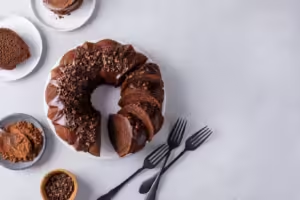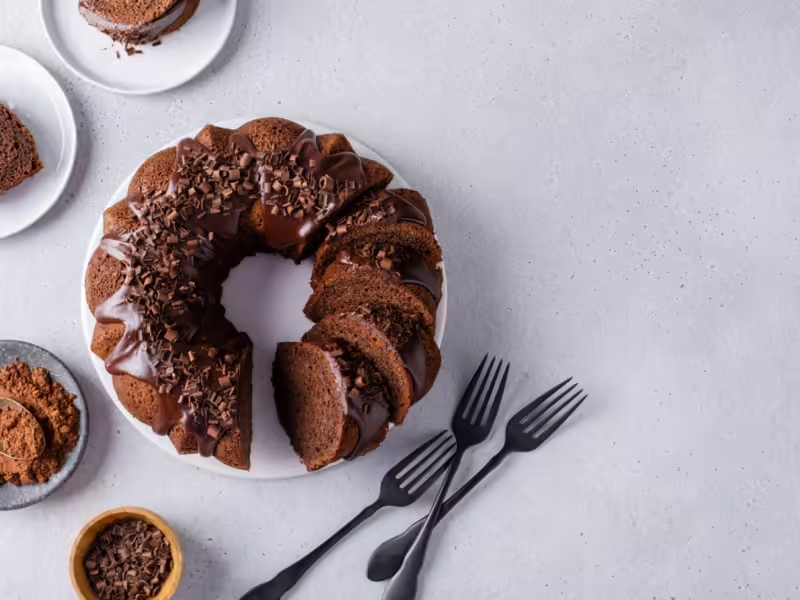
Table of Contents
Introduction
Lobster rolls are a summertime staple, with their sweet, tender lobster meat nestled inside a buttery, toasted bun. While the star of the dish is undoubtedly the lobster, the lobster roll bread plays an equally crucial role. A good lobster roll bread not only holds the lobster together but also complements the flavors, making every bite a perfect balance of texture and taste. Choosing the right bread can elevate your lobster roll from good to unforgettable.
In this article, we’ll explore the qualities of the perfect lobster roll bread, the best types of buns to use, and tips for toasting and serving. Whether you’re a lobster roll purist or like to experiment with variations, mastering the right bread is key to making this classic dish shine.
Key Qualities of Ideal Lobster Roll Bread
When it comes to crafting a delicious lobster roll, the bread you use matters just as much as the lobster filling. The ideal lobster roll bread should have a few important characteristics:
- Soft Interior: The bread should be soft and airy inside, offering a delicate contrast to the firm, succulent lobster meat. You want the bread to cradle the lobster, not overpower it.
- Buttery Flavor: Since lobster rolls often have a rich, buttery filling, it’s essential that the bread complements this flavor. A buttery, slightly sweet bun enhances the overall taste of the lobster roll.
- Lightly Toasted: While the interior should be soft, the outside of the bread should have a crisp, golden finish. This textural contrast adds a satisfying crunch to each bite, making the experience all the more delightful.
Types of Lobster Roll Bread
There are a few different types of bread you can use to make lobster rolls, each bringing its own flavor and texture to the dish.
- Classic Split-Top Bun: The traditional choice for lobster rolls is a New England-style split-top bun. This type of bun is rectangular with a flat top and sides, perfect for buttering and toasting on all sides. The split-top allows for easy filling, and the lightly toasted exterior provides just the right amount of crunch.
- Brioche Bun: For a richer, more decadent version, some lobster roll aficionados use a brioche bun. The buttery, slightly sweet flavor of brioche complements the delicate lobster meat, making it a popular alternative.
- Sourdough Roll: Sourdough bread offers a tangy contrast to the sweet lobster. While less traditional, this can be a great option for those who prefer a bit more flavor complexity in their sandwich.
- Potato Roll: Another soft and slightly sweet option is the potato roll. It’s tender and absorbs butter well, which is why some prefer it for lobster rolls with extra buttery lobster filling.
- Gluten-Free Options: For those with dietary restrictions, gluten-free lobster roll bread is becoming easier to find. Look for gluten-free buns that still provide a soft interior and a structure firm enough to hold the filling without crumbling.
How to Toast Lobster Roll Bread for Maximum Flavor
Toasting the lobster roll bread is an essential step in preparing the perfect lobster roll. Here’s how to get it just right:
- Butter Both Sides: Start by spreading softened butter on both the inside and outside of the bun. This creates a rich flavor and ensures a crispy, golden surface.
- Use a Flat Griddle: Place the buttered bread on a flat griddle or in a hot pan over medium heat. Toast each side for 1-2 minutes, or until golden brown. The flat griddle allows for even toasting, making sure every surface is crispy.
- Keep the Inside Soft: Be careful not to over-toast the bread. While the outside should be crispy, you want to retain the soft, pillowy texture inside.
- Add Garlic or Herbs: For an extra flavor boost, mix a bit of minced garlic or fresh herbs like parsley into the butter before toasting. This adds a subtle but delicious enhancement to the bread.
Choosing Lobster Roll Bread Based on Filling
The style of lobster roll you’re making can influence the type of bread you choose.
- Maine Style Lobster Roll: In a Maine-style lobster roll, the lobster is dressed lightly with mayonnaise. A classic split-top bun or potato roll is ideal here, as the sweetness of the bread pairs well with the lightness of the filling.
- Connecticut Style Lobster Roll: For a Connecticut-style lobster roll, where the lobster is served warm with melted butter, a brioche or classic split-top bun works best. The buttery richness of the bun enhances the flavors of the lobster and butter.
- Spicy Lobster Roll: If you’re making a lobster roll with a bit of spice, such as one with jalapeños or hot sauce, a sourdough roll can stand up to the bold flavors without being overwhelmed.
Best Places to Buy Lobster Roll Bread
Finding the right lobster roll bread can be as easy as heading to your local grocery store or bakery.
- Local Bakeries: Many bakeries, especially in coastal regions, will carry split-top buns specifically for lobster rolls. If you have a local bakery that specializes in fresh bread, it’s worth checking out their offerings.
- Grocery Stores: Most major grocery stores carry split-top buns, usually found in the bread or bakery section. Brioche buns are also becoming more common and can be found in the same aisles.
- Homemade: If you prefer to make your own lobster roll bread, there are plenty of recipes available for baking soft, split-top buns at home. While it may take a little extra time, homemade bread often delivers the freshest and most flavorful results.
Health and Nutritional Considerations
Lobster rolls are indulgent, but that doesn’t mean you can’t make them a bit healthier by choosing the right bread.
- Whole Wheat Options: For a more health-conscious choice, look for whole wheat lobster roll bread. Whole wheat buns add fiber and nutrients while still being soft and delicious.
- Gluten-Free Bread: As mentioned earlier, if you’re avoiding gluten, there are several gluten-free breads available that work well for lobster rolls. Be sure to choose one with a soft interior and enough structure to hold the filling.
- Portion Control: Lobster rolls can be quite filling, so consider using smaller buns or sliders if you’re trying to watch your portion sizes.
Conclusion
Choosing the right lobster roll bread is the key to elevating your lobster roll from average to extraordinary. The bread should provide a balance of texture and flavor, with a soft, buttery interior and a crisp, golden exterior. Whether you go with the classic split-top bun, a rich brioche, or even a tangy sourdough, the perfect lobster roll bread can enhance every bite of that succulent lobster filling.
So next time you make lobster rolls, don’t overlook the bread. Experiment with different types, toast it to perfection, and get ready to enjoy one of the most satisfying sandwiches around.












